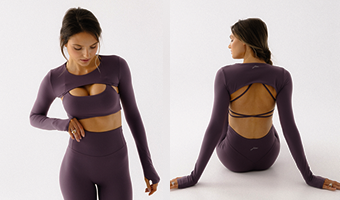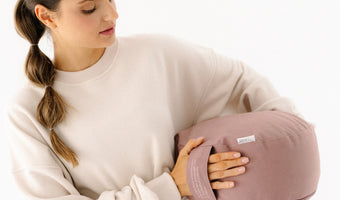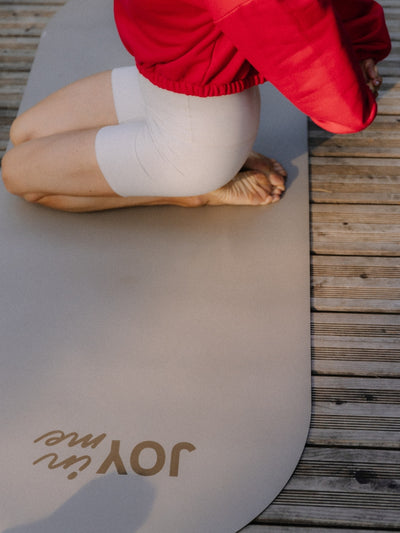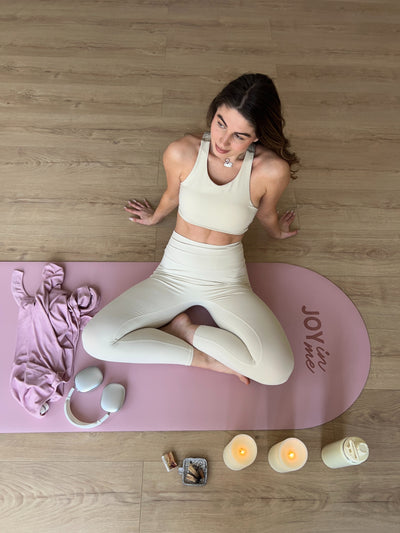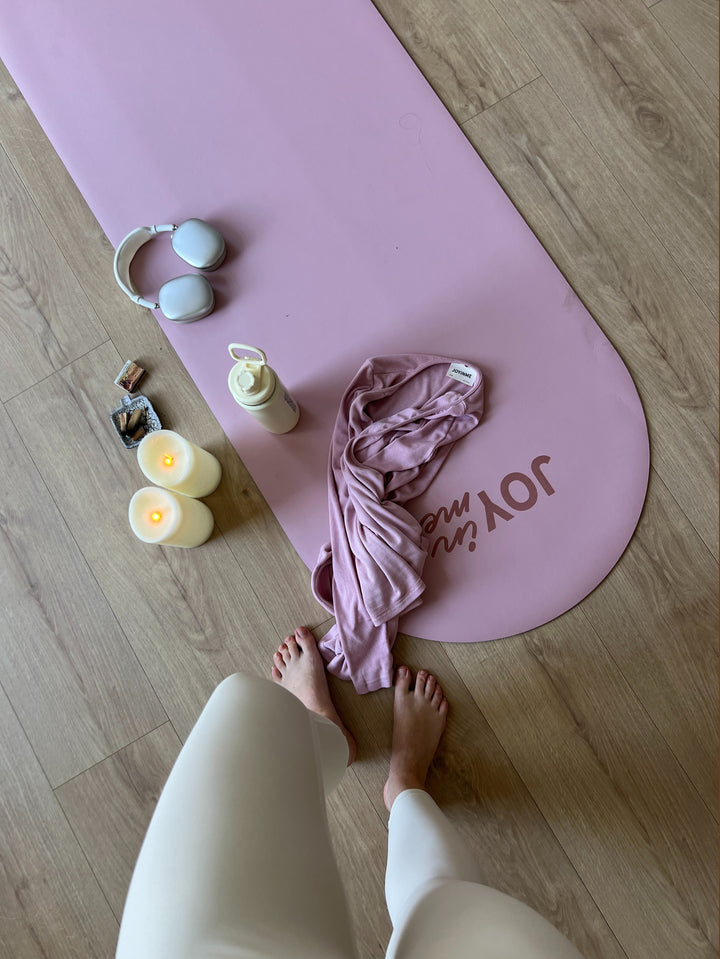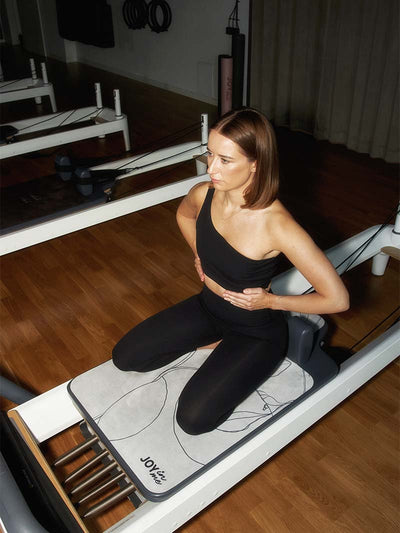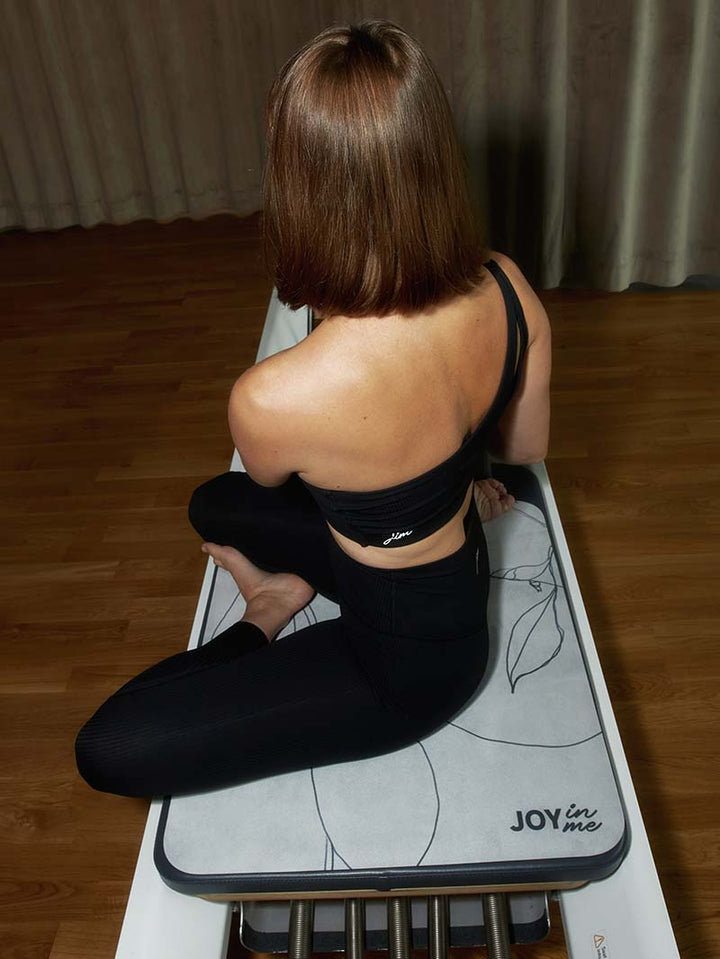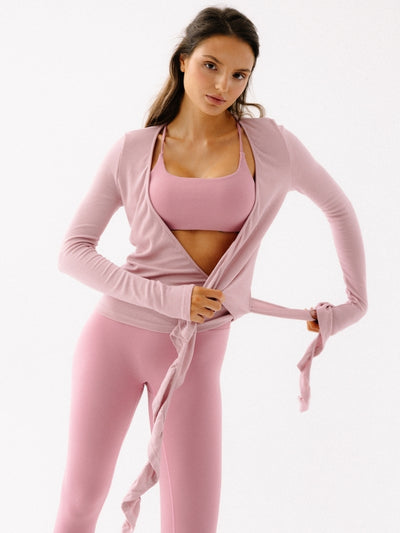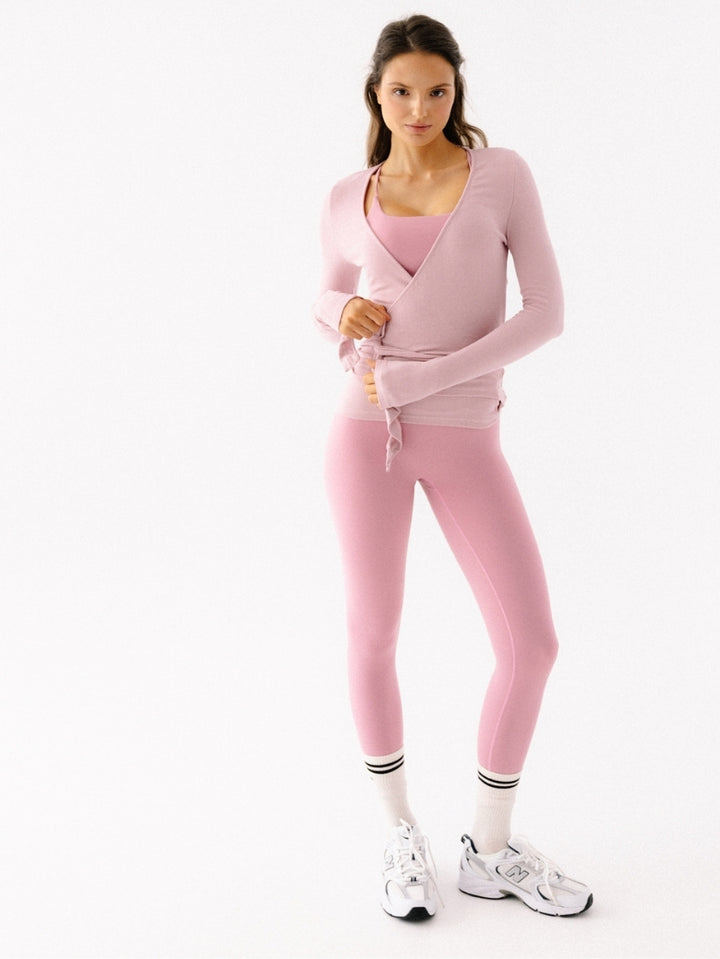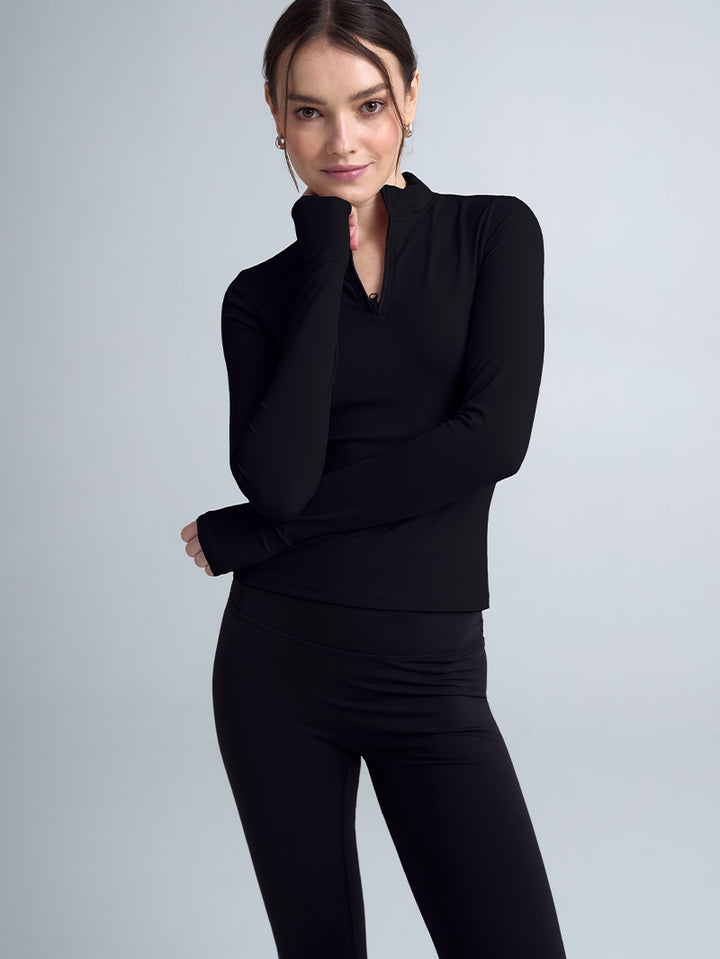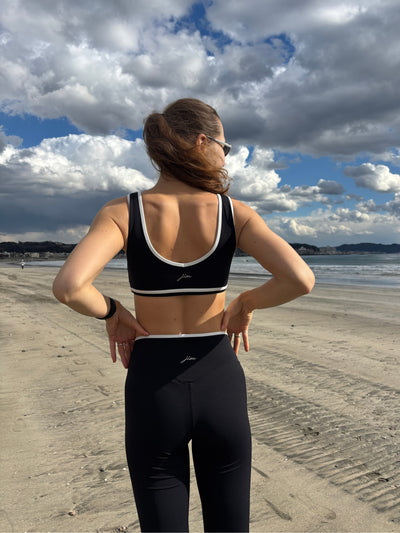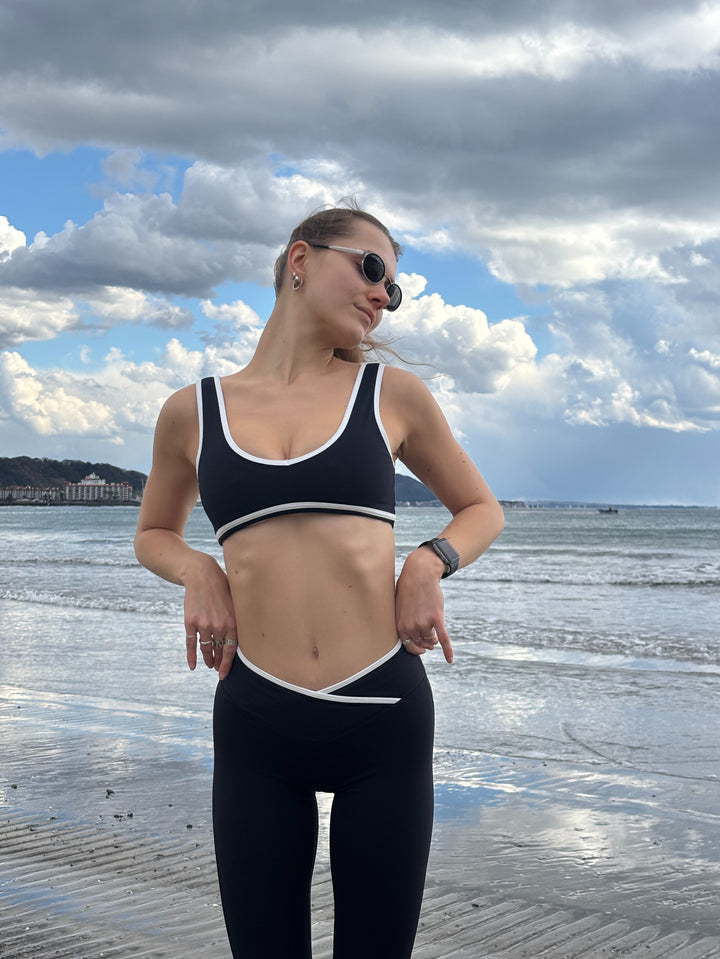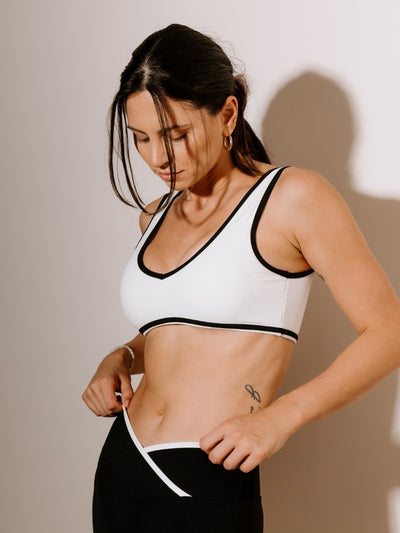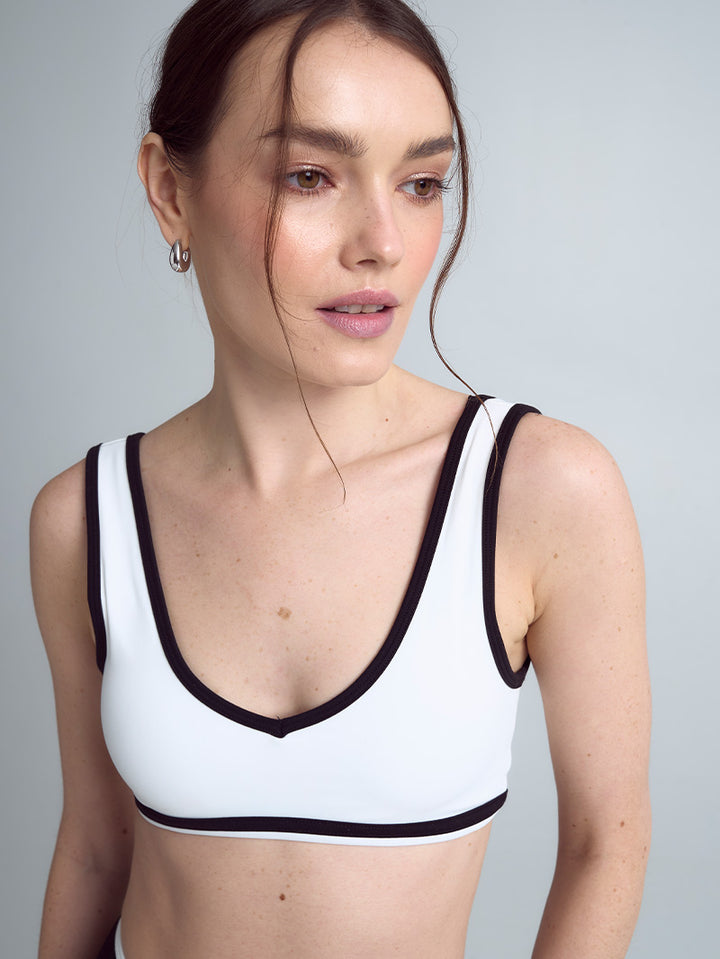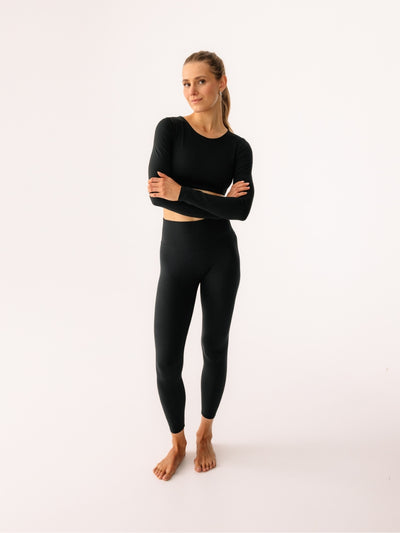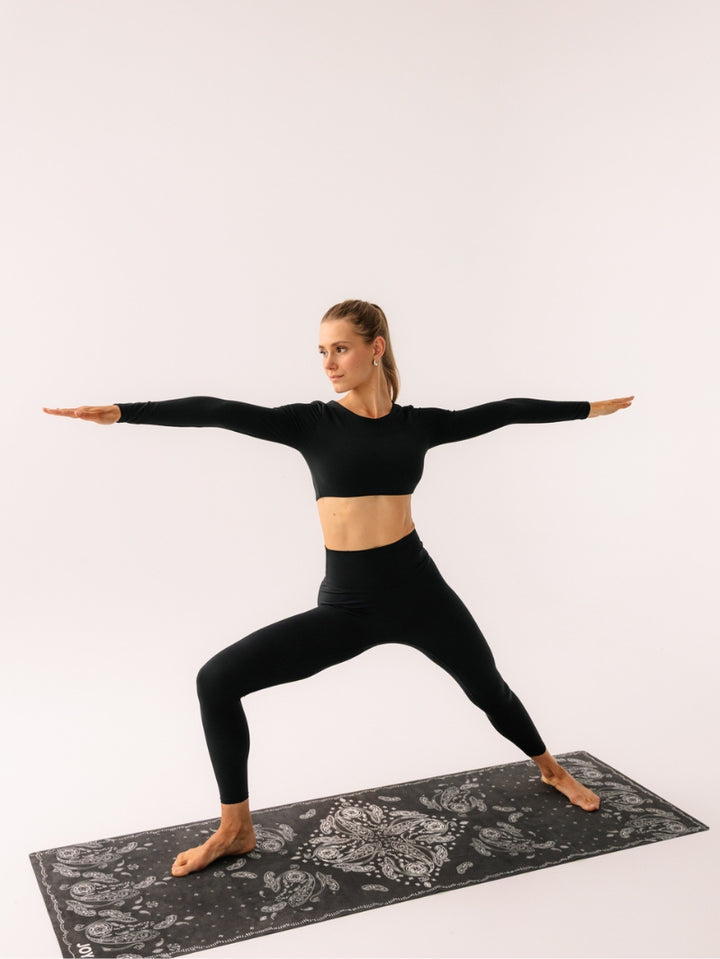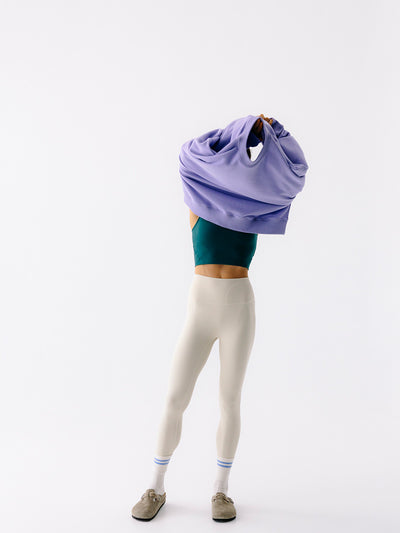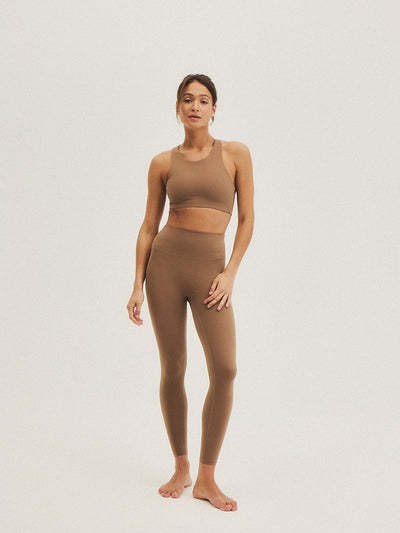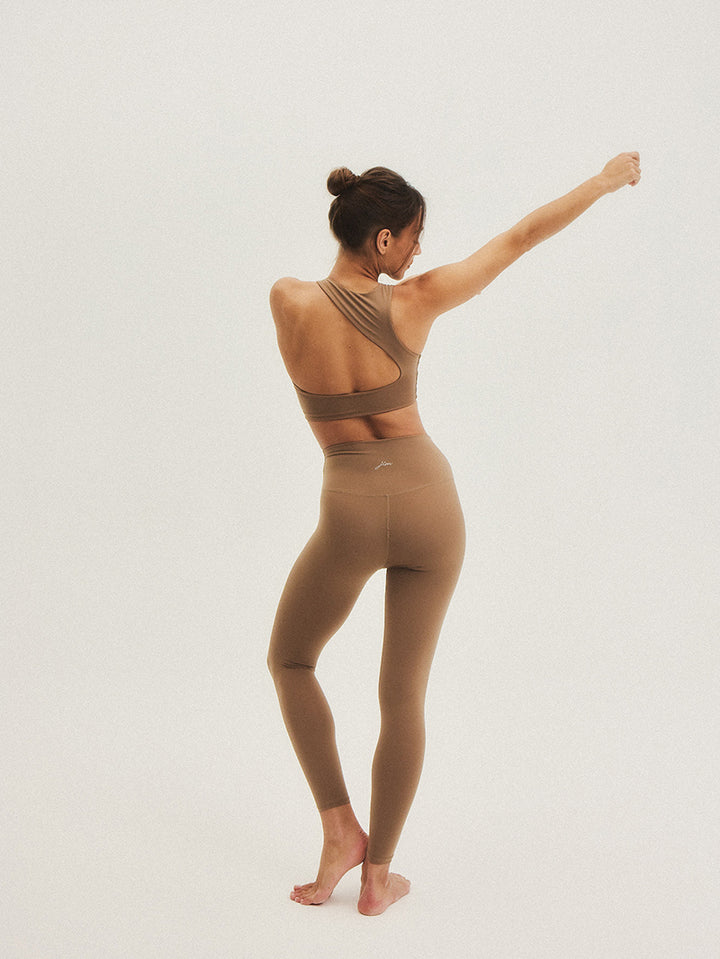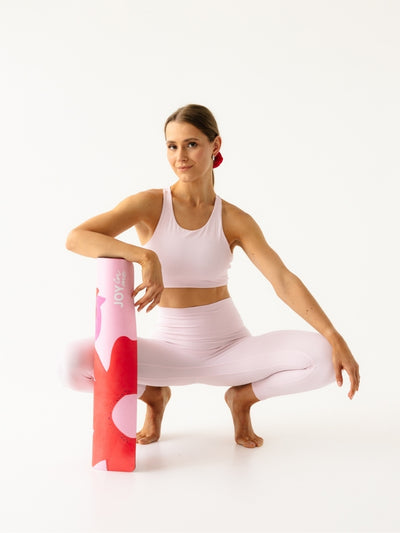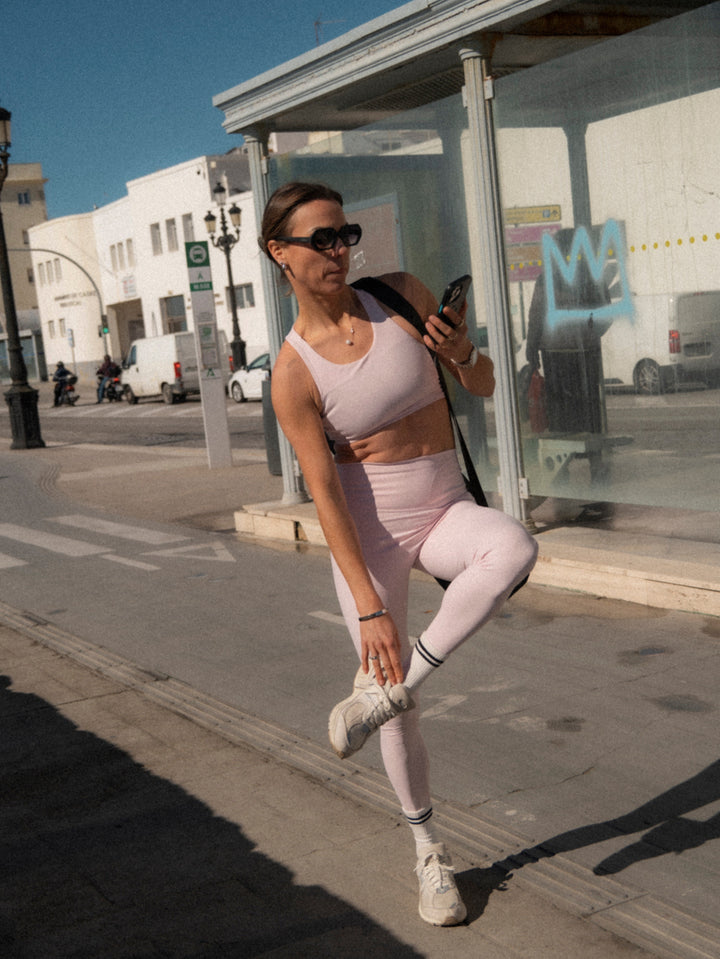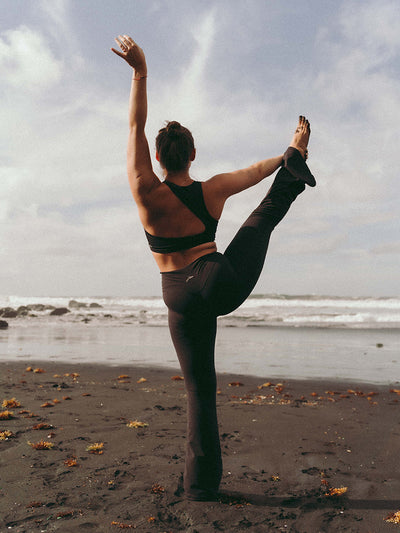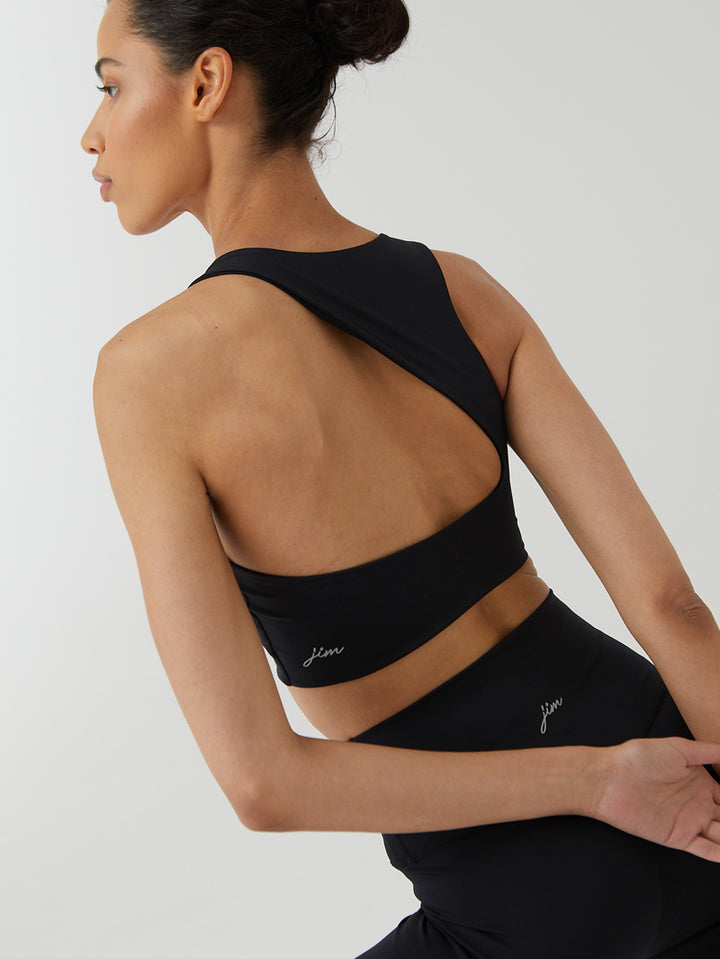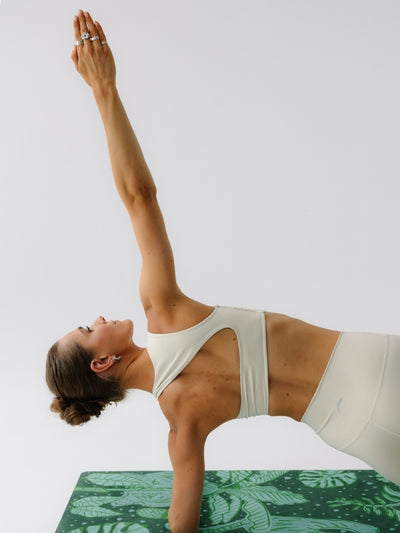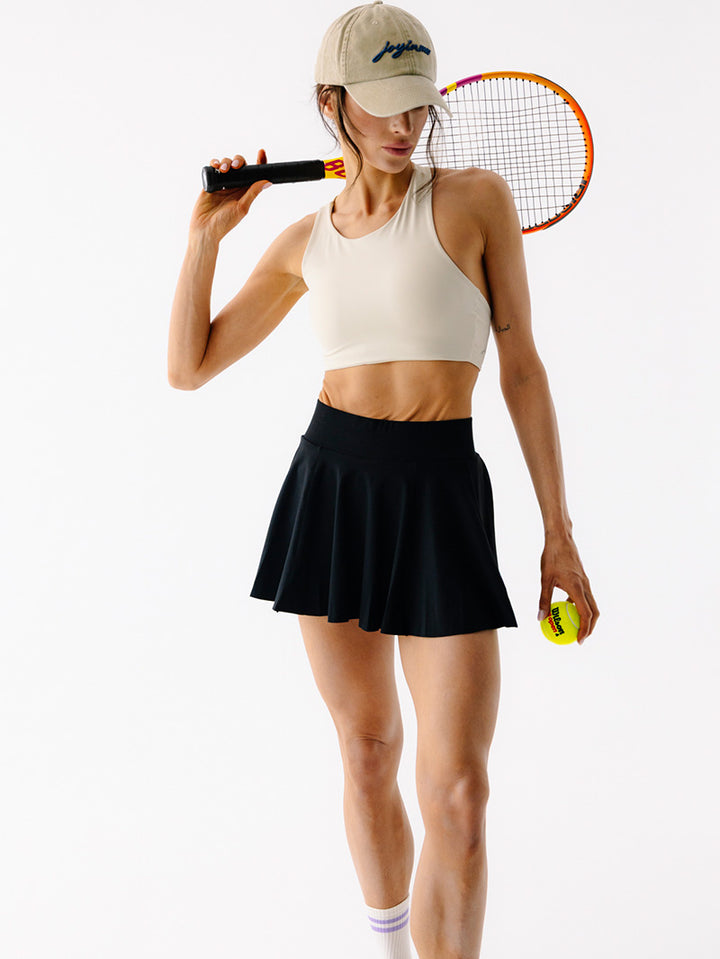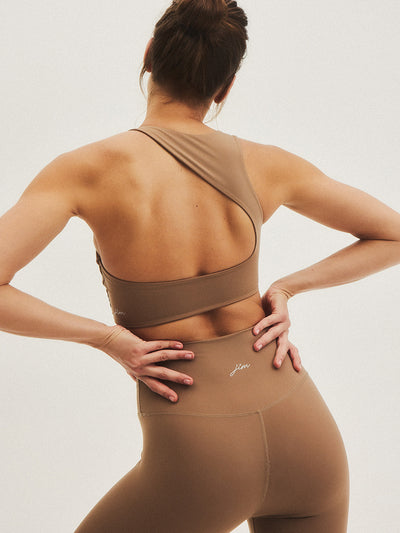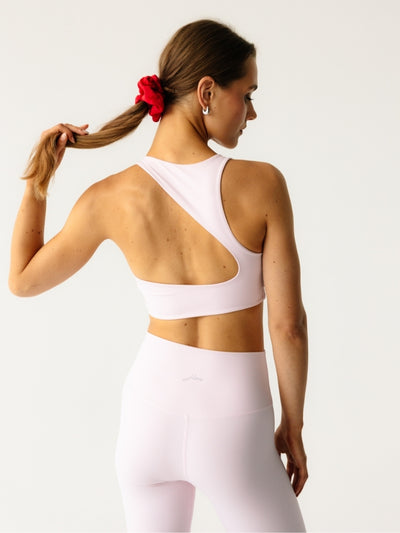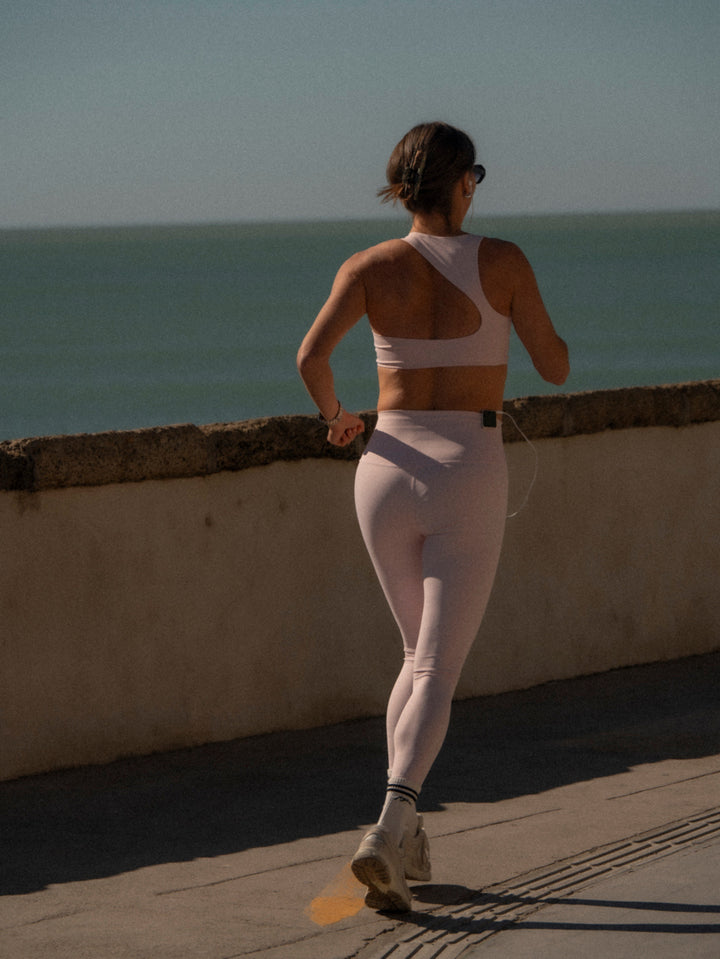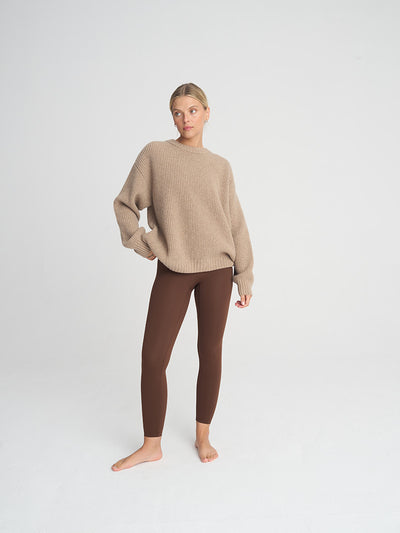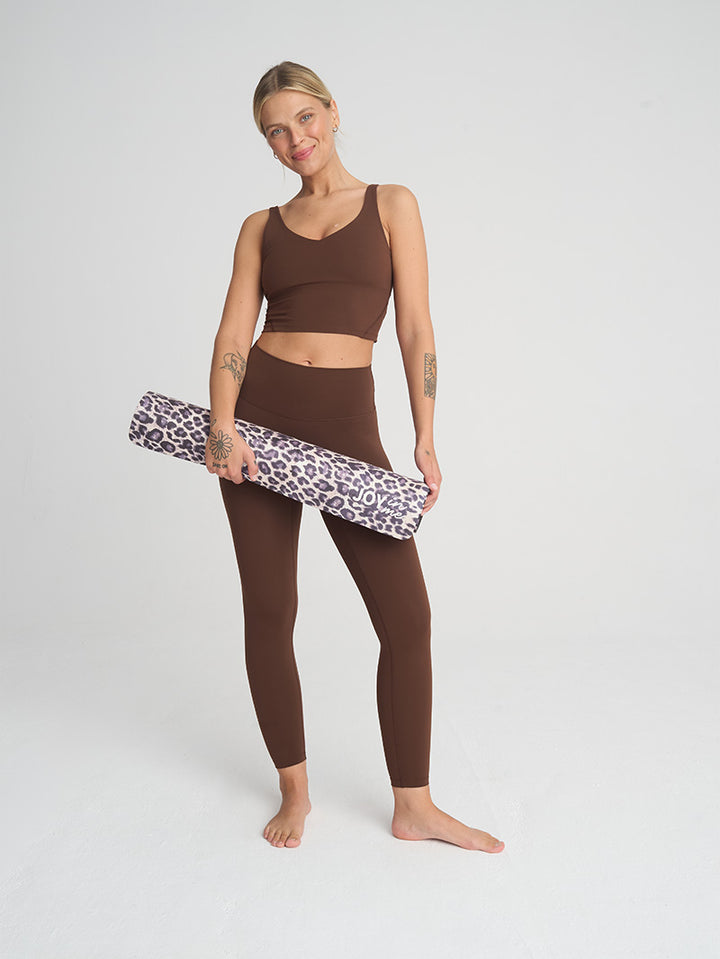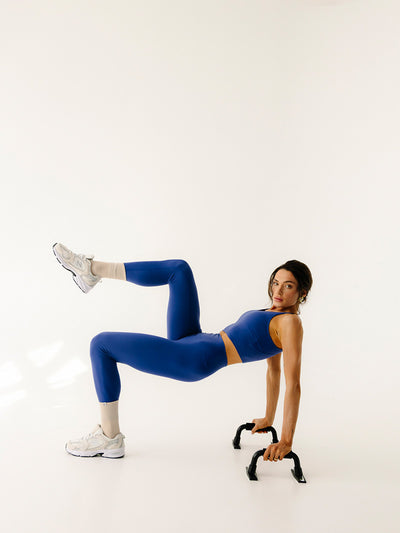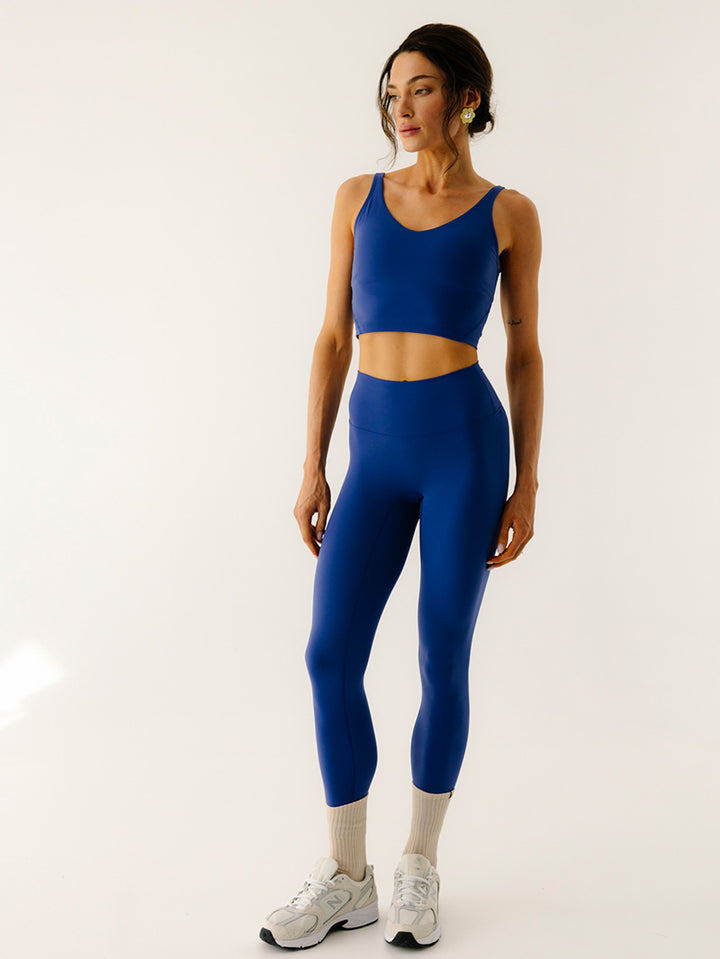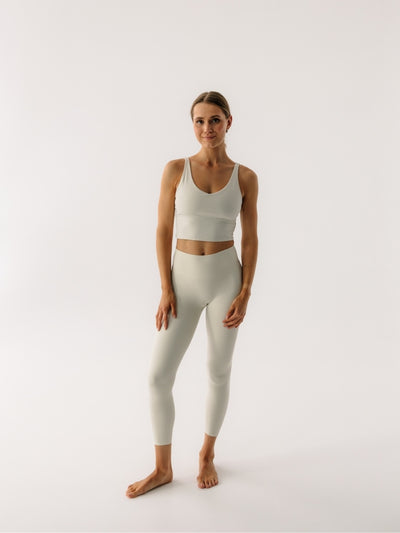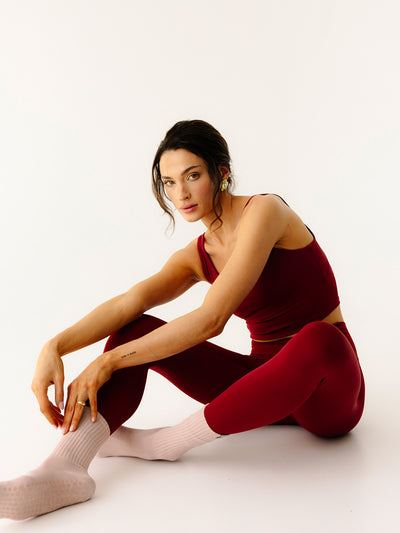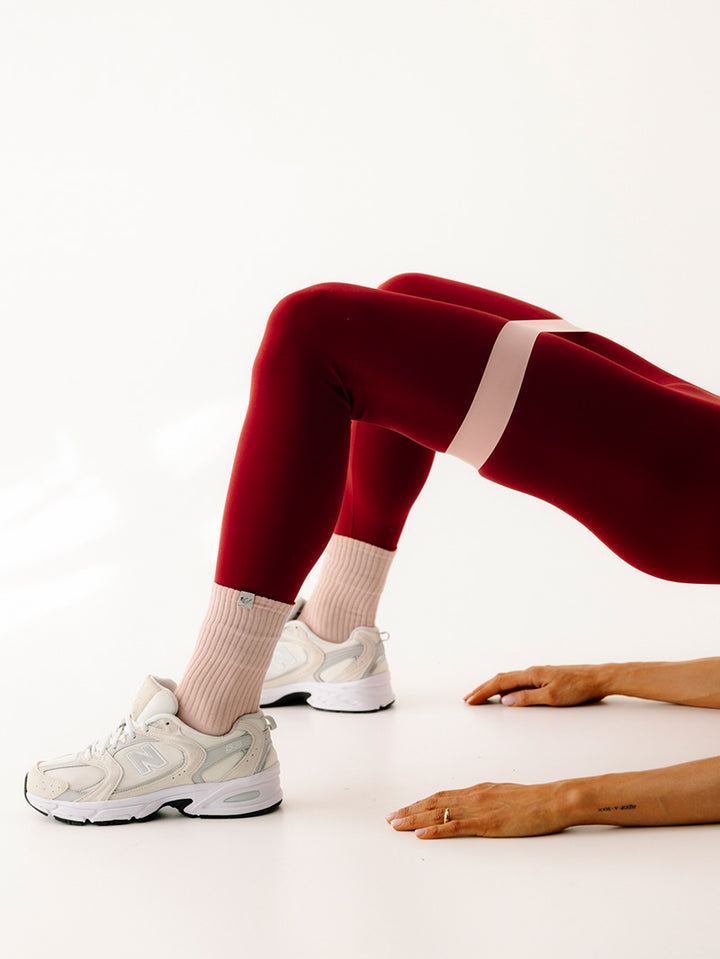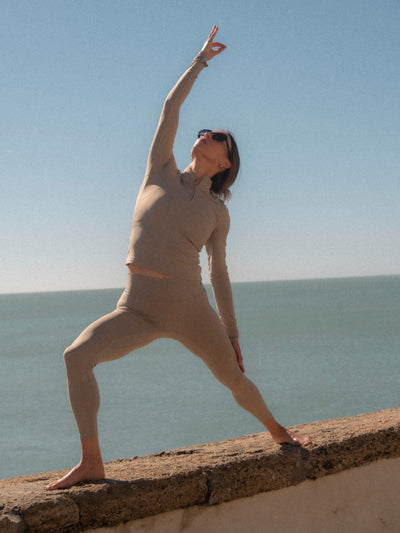Pilates on machines – what is it and what effects does it give?
Wondering what Pilates on machines is all about and how it differs from traditional training? Regardless of your level, you too can try it out, thanks to the right selection of both intensity and resistance. Start your Pilates journey and discover how to safely achieve the best results!
What is Pilates on Machines? Learn the Definition and History
Pilates is an exercise system—combining gymnastics, yoga, tai chi, and ballet—created by Joseph Pilates in the 1920s. It involves tensing and relaxing muscles (isometric exercises). Over the years , the purpose of this form of physical activity has changed—though it was originally created for the treatment of rickets, which Pilates suffered from, it has also been used in the rehabilitation of ballet dancers.
Today, it's one of the most popular types of training. Pilates machines allow for exercises in many positions, not only standing, but also lying or kneeling. They provide a comprehensive full-body workout, improving motor skills and coordination, strengthening and building muscles. Pilates himself was the creator of many of the devices still used in training today.
Types of Pilates Machines: Reformer, Cadillac, and More
Reformers are currently the most popular Pilates machines, helping to intensify your workout and maximize results. The exerciser's task is to propel a special platform connected to a frame by springs. Using a reformer requires more dynamic movement and additional resistance, making it a great option for athletes, among others.
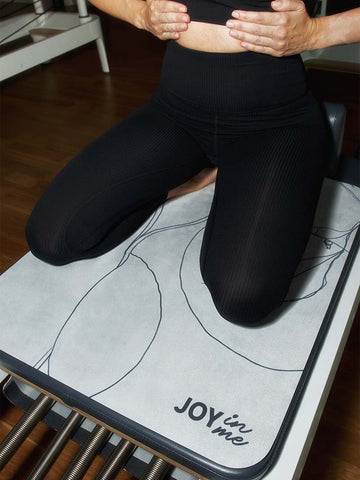
One of the most advanced and versatile Pilates machines is the Cadillac. The machine has a wide range of applications, serving not only training but also rehabilitation purposes. Its appearance and functionality are reminiscent of a hospital bed, making it ideal for convalescence, facilitating patients' return to health and full fitness. It's worth noting that the Cadillac can be used by people of all ages.
Wunda chairs and ladder barrels are more compact devices whose simple design may seem deceptive. In reality, they are demanding machines designed to provide a comprehensive, full-body workout. It's also worth considering additional equipment to diversify your daily workouts, such as rotational discs and various corrective devices.
What does a typical Pilates machine session look like? Step by step.
Many people who have previously trained on mats and want to practice Pilates on machines should prepare for these new challenges. How do reformer classes work? Training can be individual or group; in both cases, it's important to carefully listen to the instructor's instructions to perform each exercise correctly. Maintaining proper posture, as well as the positioning of your feet and hands on the platform, is crucial.
It's also worth remembering to wear comfortable Pilates attire . In this case, it's fitting clothing that not only allows for freedom of movement but also makes it easier for the trainer to assess individual poses and correct errors.
The types of exercises, as well as their intensity, should be selected based on individual needs, skill level, and health limitations. Modern reformers adjust resistance using springs marked with three colors: red (highest), blue (medium), and yellow (lowest). Your instructor will tailor the training plan to your abilities.
The benefits of regular exercise. Pilates on machines.
What can you gain by practicing Pilates regularly ? With consistency and commitment, you can increase not only flexibility but also body awareness. Practicing Pilates on machines:
- strengthens deep muscles,
- slims the silhouette,
- improves well-being,
- eliminates back pain.
Beginner's Tips: How to Get Started with Pilates Machines
Due to the fact that Pilates on machines is much more dynamic than on a yoga mat , in case of a low level of advancement it is worth starting training under the watchful eye of an experienced instructor who will provide tips and demonstrate sample exercises.
If you're looking to start with group classes, consider signing up for a small group of no more than a few people. This will ensure you receive proper care and ample attention from your trainer.
